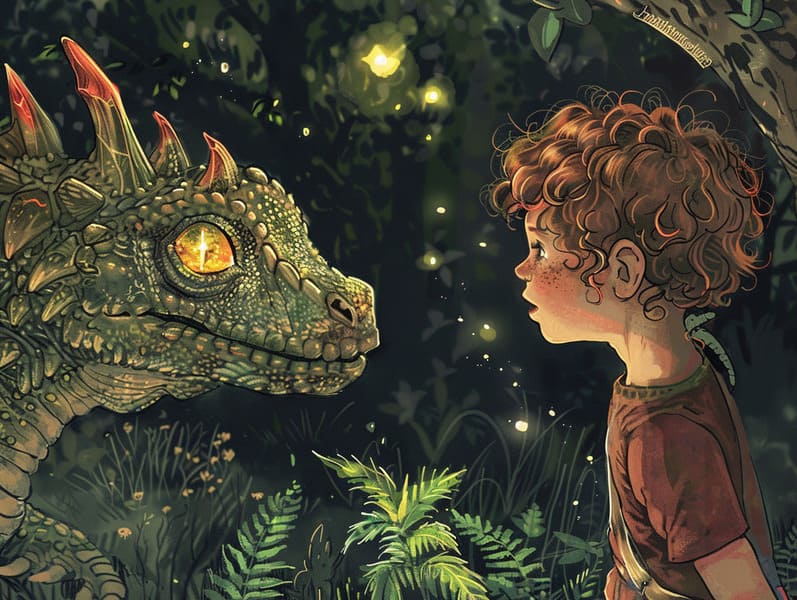The Dawn of Ancient Fairy Tales with Its Continued Magic.
The Dawn of Ancient Fairy Tales with Its Continued Magic.
Blog Article

Grimm's fairy tales have deep roots. These stories have been relayed from one generation to the next long before they were ever published. They arose from a variety of backgrounds, including African traditions. They were initially told among grown-ups, often carrying themes and messages reflective of the societal norms and beliefs of the time.
The Brothers Grimm, Jacob and Wilhelm Grimm, were among the first to gather and publish many of these beloved narratives. Their compilation, "Grimm's Fairy Stories," included stories like "Cinder Maid," "Hansel and Gretel," and "Snow White," which have since become classics in the world of traditional fairy tales. Similarly, Andersen's charming fairy tales, such as "The Mermaid," and "The Duckling that Could," have enchanted hearts worldwide, securing their place in the pantheon of famous fairy tales.
Despite being ancient, classic fairy tales remain as impactful as ever, especially as nighttime stories for kids. These whimsical stories are now available in many formats, including richly illustrated books, enchanting animations, and online storybooks.
Their continued relevance can be attributed to several delightful features:
Important Morals: Ancient fairy tales often impart important moral lessons. Stories like "The Tale of the Boy Who Cried Wolf" teach the virtue of being truthful, while "The Race of the Tortoise and the Hare" underline the qualities of tenacity and unassuming nature. These stories offer young ones clear distinctions between good and bad, shaping their moral compass in a mild yet significant way.
Compassion and Insight: Traditional fairy tales frequently feature protagonists facing obstacles and hardships, motivating kids to feel with their struggles and rally behind their triumphs. For instance, "Beauty and Her Beast" teaches us the value of valuing inner qualities to perceive the true character of a character, enhancing perception and perception.
Cultural Understanding: Many old fairy tales are deeply embedded in the cultural contexts from which they came. Engaging with these narratives can provide delightful insights into different social structures, building a sense of global insight and discernment.
Imagination and Innovation: The extraordinary elements in ancient fairy tales—mythical creatures—promote children’s imaginative ideas. These fairy tales carry readers to fantasy realms, provoking creative thinking and a sense of awe that stays a lifetime.
Classic fairy tales are not only magical but also didactic. They provide entrancing tools in promoting various mind and heart abilities in young readers. When old fairy tales are read aloud, they strengthen verbal development by teaching new word meanings and sophisticated click here sentence structures. This practice also enhances auditory skills and attention, as the young listen intently, excited to see what happens next.
Furthermore, contemplating the themes and characters of old fairy tales can promote problem-solving abilities and intellectual skills. Little ones are led to spot patterns, predict happenings, and comprehend cause and effect. These analyses also boost the young reveal their thoughts and feelings, promoting their emotional intelligence.
In today’s technological age, the presence of digital storybooks has made these fairy tales more available than ever. Online platforms and online apps supply wide arrays of Grimm's fairy tales that can be read or played anytime, anywhere. Fairy tales told out loud are particularly well-liked, making available an delightful method for children to enjoy these charming stories. Read-aloud stories and read-out-loud videos carry characters and settings to life, often augmented by whimsical background sounds and tunes that amplify the tale-telling adventure.
The timeless allure of old fairy tales lies in their ability to change to modern days while continuing with their basic principles. Contemporary modernizations of these narratives often bring in more different characters and modern settings, making them understandable to today’s audience. However, the fundamental themes of fortitude, kindness, and honesty remain unchanged, continuing to connect with young listeners of all ages.
Old fairy tales also offer a sense of comfort and predictability. They give a well-structured narrative with a unmistakable beginning, middle, and end, often drawing to a close with the solving of conflicts and the triumph of right over wrong. This regularity can be comforting for young ones, affording a sense of solidity in an inconstant world.
Classic fairy tales continue to bewitch and guide new generations, maintaining their radiance and value in modern society. As bedtime stories for kids, they highlight a perfect blend of wonder and wisdom, encouraging moral values, empathy, and creativity. The existence of internet fairy tales and the sought after status of fairy tales told out loud make sure that these timeless tales remain accessible to new generations.
By protecting and disseminating these stories, we continue to esteem the rich tapestry of inventiveness and cultural heritage. Whether you are delving into a vibrantly illustrated book, viewing a cyber library, or listening through an read-aloud book, the delight of popular fairy tales is always within reach. These tales convey of the eternal nature of storytelling and its ability to draw us together across centuries and lands.
Whether you are enjoying a beautifully illustrated book, seeing a electronic library, or hearing an spoken story, the allure of timeless fairy tales is always within reach.
These tales show us of the unwavering essence of tales and its ability to tie us across generations and cultures, making a tie that fascinates and enlightens alike.